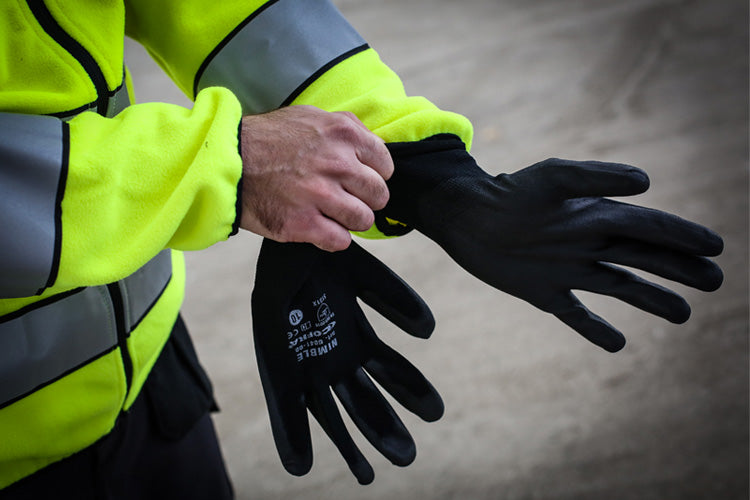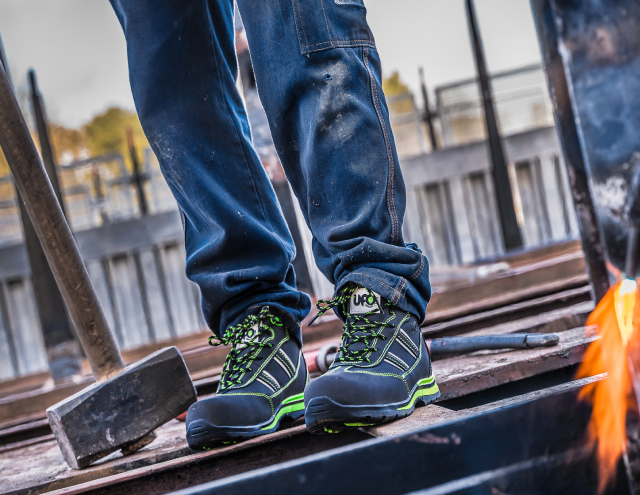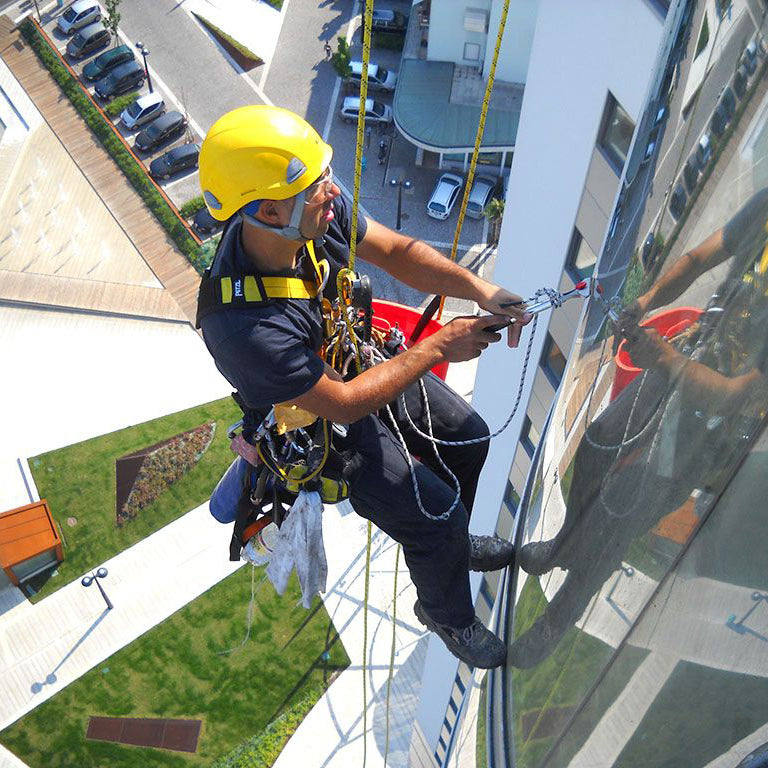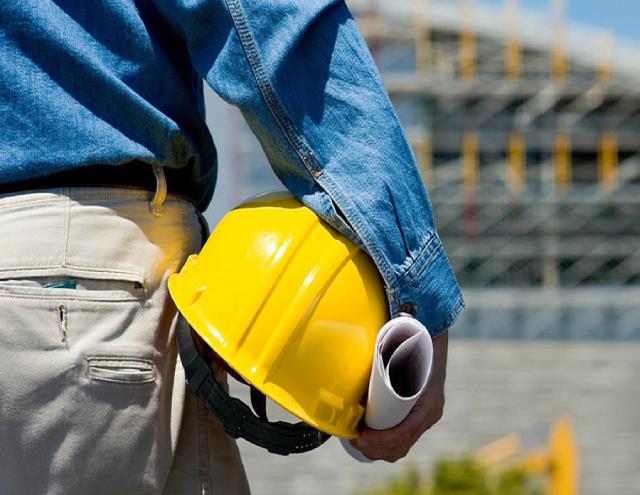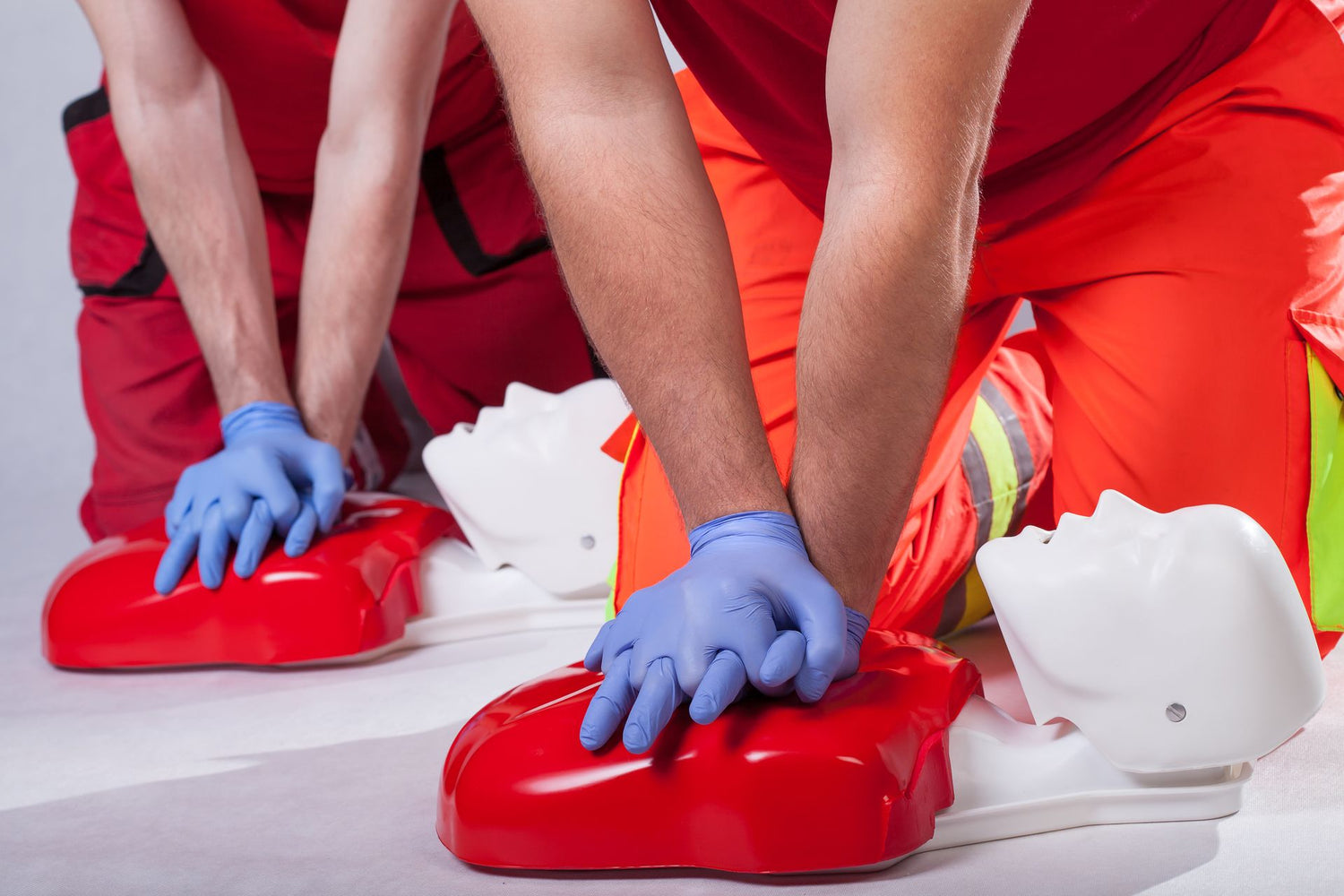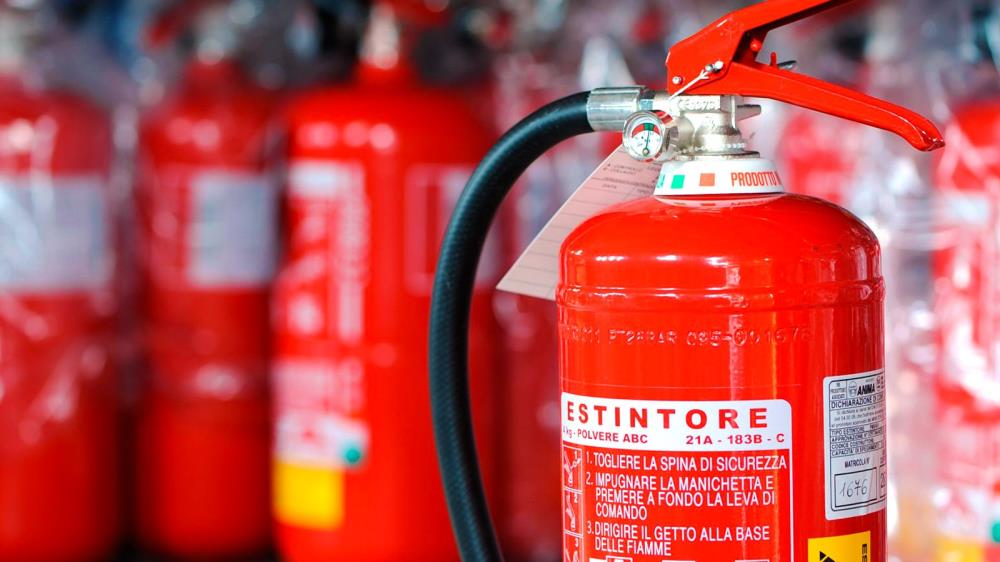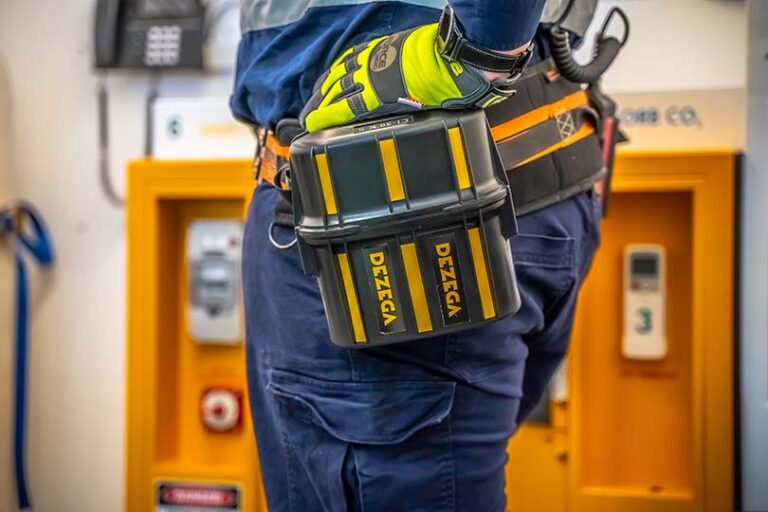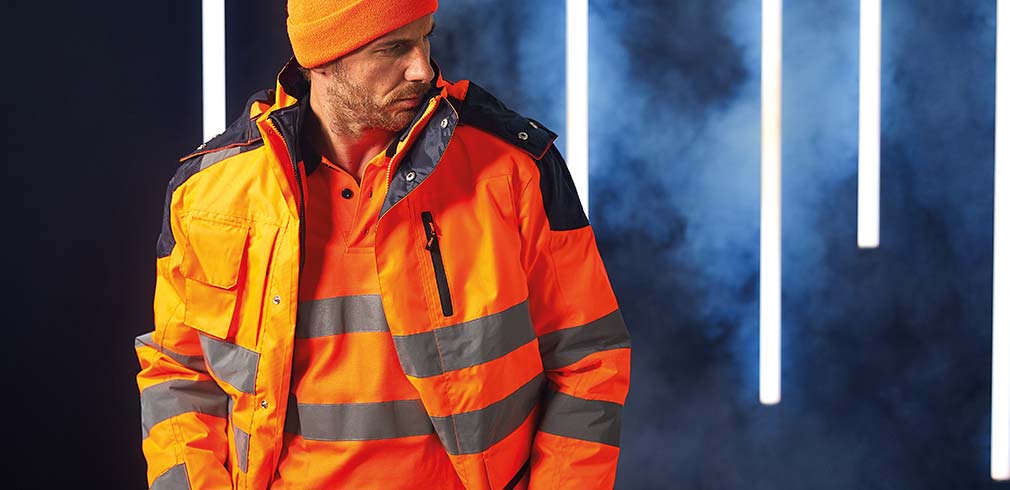Most working professionals usually adhere to basic roofing safety practices. However, after many years of work, or even long working hours, bad habits can easily form. These bad habits often lead to accidents and injuries. In our opinion the main causes behind the claims are ergonomics and musculoskeletal disorder. It's not hard to see why this one tops the list, since most roofing jobs become a challenge due to ever-changing working conditions.
Before your next roofing project, consider these helpful safety tips:
Don't go to rooftops without a roof buddy
Having other people with you can save your life.
While we don't doubt your superior hedging skills, you should never work on a hedging project on your own. Never. Having at least one person up there with you not only ensures the timeliness of a coverage project, but if an accident were to occur, you would have someone to assist you. Plus, it can feel lonely on a rooftop by itself. A little company never hurt anyone.
Gear up with essential rooftop safety equipment
The right equipment almost always means a job done right. This saying also applies to roofing. In addition to eye and ear protection, here are some essential accessories for roof safety:
Traction shoes
Work boots like these are preferred, although it is common to see roofers in Vans.
We haven't quite figured out how to walk on water, but we do know the best way to walk safely on the roof: traction shoes. Having the right shoes prevents the risk of slips and falls.
Safety harness
Do not use the keychain version of these as they are not meant for actual use.
Always, always, always use a safety harness when doing any type of covering. Make sure the harness is properly secured to a permanent roof anchor at the ridge of the roof, to prevent falls or other serious injuries.
lanyard
This is the "Lifeline" that connects the harness to the anchor.
Anchorage
This will help ensure that if you lose your balance, you will have a backup safety mechanism.
This important piece of equipment is where the lanyard carabiner should be attached.
Make sure the ladder is sturdy
Your ladder should always be on a solid, level surface. If the roof you are working on is uneven, we highly recommend adding a ladder leveler. Be sure to dig small holes for the feet if the ladder ends up on grass or dirt so the ladder doesn't slip out of place. If you're on a patio or deck, attach a plank behind the bottom of the ladder feet to prevent it from slipping or sliding across the surface. The ladder should always extend at least 3 rungs above the contact point on the eaves so that it is reachable during the dissent approach.
Safe working environment
As in any work environment, always do well to keep the roof you are working on free of debris, loose nails, and roofing materials to help prevent slips and falls .


